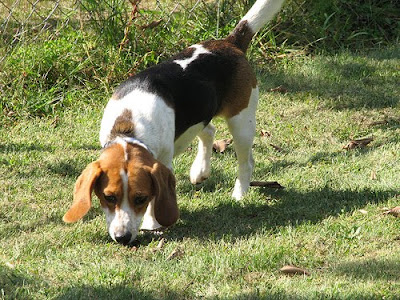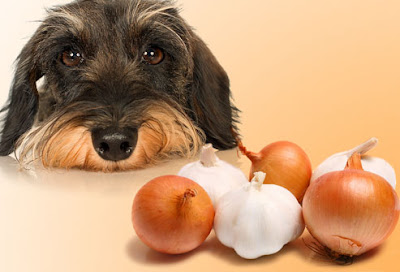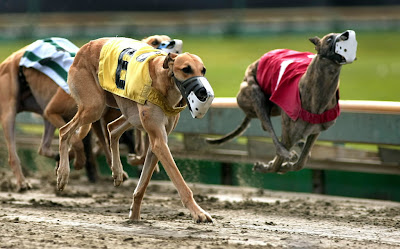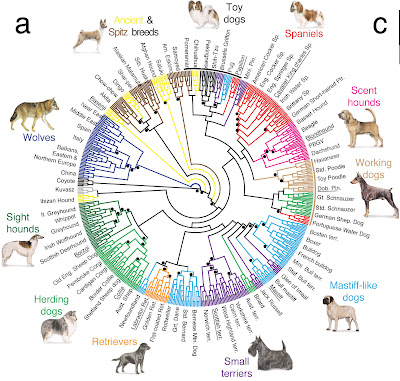Dog insurance has been around for at least 15 to 20 years in the United States and several European countries, but it is still not widely used, at least in this country. While the usage has doubled in the last couple of years in the United States, it is estimated that still only about 3 percent of all dogs owners utilize the potential life saving benefits that it offers.

However, in countries such as the UK where it is very popular, it is estimated over 50 percent of all dog owners have insurance. The word itself, insurance, can easily evoke stress, but before comparing the various companies and the benefits that they offer, it is very helpful to take a second look at what dog insurance actually is.
Dog insurance should be viewed for exactly what it is; risk management. However, it really has a two fold purpose in risk management with the first being to avoid a financial loss and the second purpose in possibly saving your dogs life. The entire purpose of dog insurance should be viewed as the ability to ensure proper care and treatment when an unexpected medical situation does develop.
In many cases, if your dog was suddenly injured severely in an accident or develops a life threatening situation like bloat, the medical costs could easily exceed 2000.00 to 3.000 dollars. If you can afford this type of expenditure without any hardship, you have no need for insurance. However, most owners can not, and as a result it may place you in a very difficult and gut retching situation where you have to make a decision if your dog lives or dies.
Comparing Insurance Companies:
There are several factors that you will to consider when deciding on dog insurance, and the best way is to compare the three top companies in the United States that offer insurance; Embrace, Quick Care, and Pets Best Insurance. It deserves to be noted that in the UK there are over 691 pet insurance companies and they have a list of top ten companies.
There are several factors you should look at when comparing companies. The actual cost should be the last deciding factor instead of the first.
The first factor is the ability to select your own veterinarian. In the US, all three companies give you the ability to make this choice. The next factor should be the deductible you will have to pay. With this factor, Pets Best Insurance has the edge as they offer a 75, 100, and 200 dollar deductible, Quick Care a 100 and 200 deductible, and Embrace has a 100, 200 and 500 plan.
The next factor to consider is does the plan pay based on the actual veterinarian bill. Most companies will only reimburse allowable veterinary expenses and it will be important that you discuss this with your veterinarian first. With this factor, all 3 companies offer the same coverage. The next major factors to consider are the actual reimbursement percent and the waiting period. With the first option, Quick Care is the clear leader as they offer 80 to 100 percent reimbursement, Embrace offers 90, 80 and 65 percent, and
Pets Best has only one option, 80 percent. The waiting period options are perhaps where these companies really start to separate.
With this option in dog insurance the leader is clearly Quick Care. They have a plan that offers next day coverage for any accident or injury, and two other plans that have a 30 day waiting period if you choose. Pets Best is next with 3 days for accidents and 14 days waiting period for illness. Embrace is way behind with 14 days for accidents and 6 months for a critical illness. If you have to wait six months, why would you even consider insurance?
But now it starts to get very interesting and some of the UK companies are also separated for their top 10 counterparts. The next critical factor is the annual limit for coverage for your dog. Again, if you are going to pay for dog insurance and go back to the basic premise of insuring against risk, you want unlimited coverage just in case you need it. In the US, Quick Care, and Pets Best Insurance have no limits, but Embrace does. You can choose the limit, but it again ranks last.
In the UK there are seven companies that have unlimited coverage; M & S, Homebase, Pet Guard, Pet Plan, Pet Protect, Helpucover, and Greenbee.
But there are still several factors to consider, do the three plans cover alternative medicine? All three do, but both Embrace and Pets Best have restrictions, while Quick Care has no restrictions. The next factor is prescription medications which can be very expensive. Both Quick Care and Pets Best have full coverage, as does Embrace, but it is optional, again placing them last.
But now there comes a bit of a twist and this should be taken into full account by owners that have breeds that are prone to certain problems, especially large breeds. In this particular category, Embrace is the only company that has no restrictions. Pets Best only has restrictions on pregnancy for certain breeds, but Quick Care does have breed restrictions on certain breeds, placing them last in this category.
On pre-existing conditions which is very important, there is no winner or loser, as all three companies do not cover pre-existing conditions. The same is true with specialists and emergency care but the inverse; all three companies cover this situation.
The next factor in dog insurance is also very critical to look at, especially in large breeds or breeds that are prone to congenital or hereditary conditions. Again with this category, Embrace is the only company that has coverage and the other two are limited.
Dogs insurance has three more categories to consider; wellness care, chronic conditions, and dental problems. Quick Care and Pets Best does cover routine and wellness care depending on your plan, but Embrace does not. In regards to chronic conditions, Quick Care and Pets Best cover this potential problem as does Embrace, but it must be added to your policy.
With dental disease, only Embrace covers this very common problem in dogs but it is added, while the other two cover dental care, they do not cover dental illness.
Summary:
Dog insurance is much more accepted in the UK than in the United States and there are several more options and companies to select from. In the US, Embrace is clearly the least beneficial of the three unless you have a large breed or breeds that are prone to certain inherited conditions. In this case, they are the clear leader. In all other categories, although Quick Care and Pets Best are very close, the edge has to go to Quick Care because of the waiting period time frame.
Selecting insurance is always a difficult decision but it could make the difference between life and death for your dog.
I am an avid lover of pets and my wife and I have had several pets throughout our years. We are especially fond of dogs, and we have a 12 year old Dalmatian (our 3rd) and a "mutt" that we rescued when someone threw him away to die in a vacant field.
He found us, nearly starved to death, and weighed about 2 pounds.
After severe bouts of mange and severe dehydration, and over 1,000.00 in veterinarian bills, we saved the little guys life, and he is one of the best, if not the best, dogs we have ever had and today is a muscular, fit, and firm 70 pound best friend.
After finishing my MBA, which at middle age was not easy, I decided to keep the research work ethics that I acquired, and devote about two hours each night in understanding the health benefits of supplementation for both humans and pets and how they might strengthen our, as well as our pets, immune system in a pre-emptive approach to health rather than a reactionary approach.
Both of my daughters are avid cat lovers, and asked me to help them with health concerns and challenges with their cats.
I am not a veterinarian nor claim to be, just a lover of pets that loves to research and pass on some knowledge that might be helpful, or at least stimulating to the thought process.
Several of the articles that I have written can be found on my website;
Liquid Vitamins & Minerals for Humans & Pets
http://www.liquid-vitamins-minerals-humans-pets.com/































